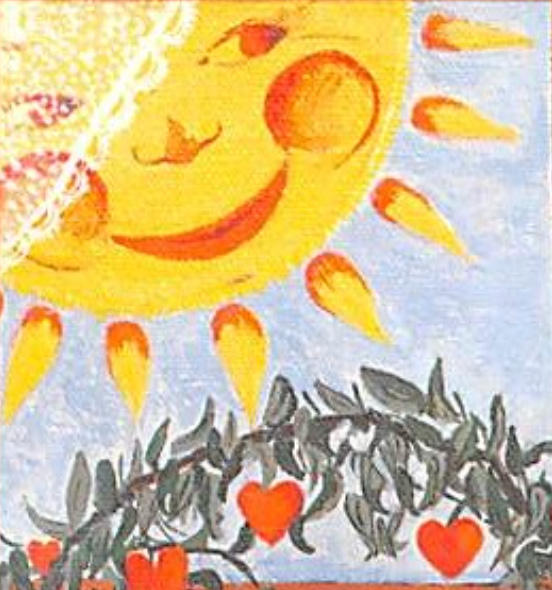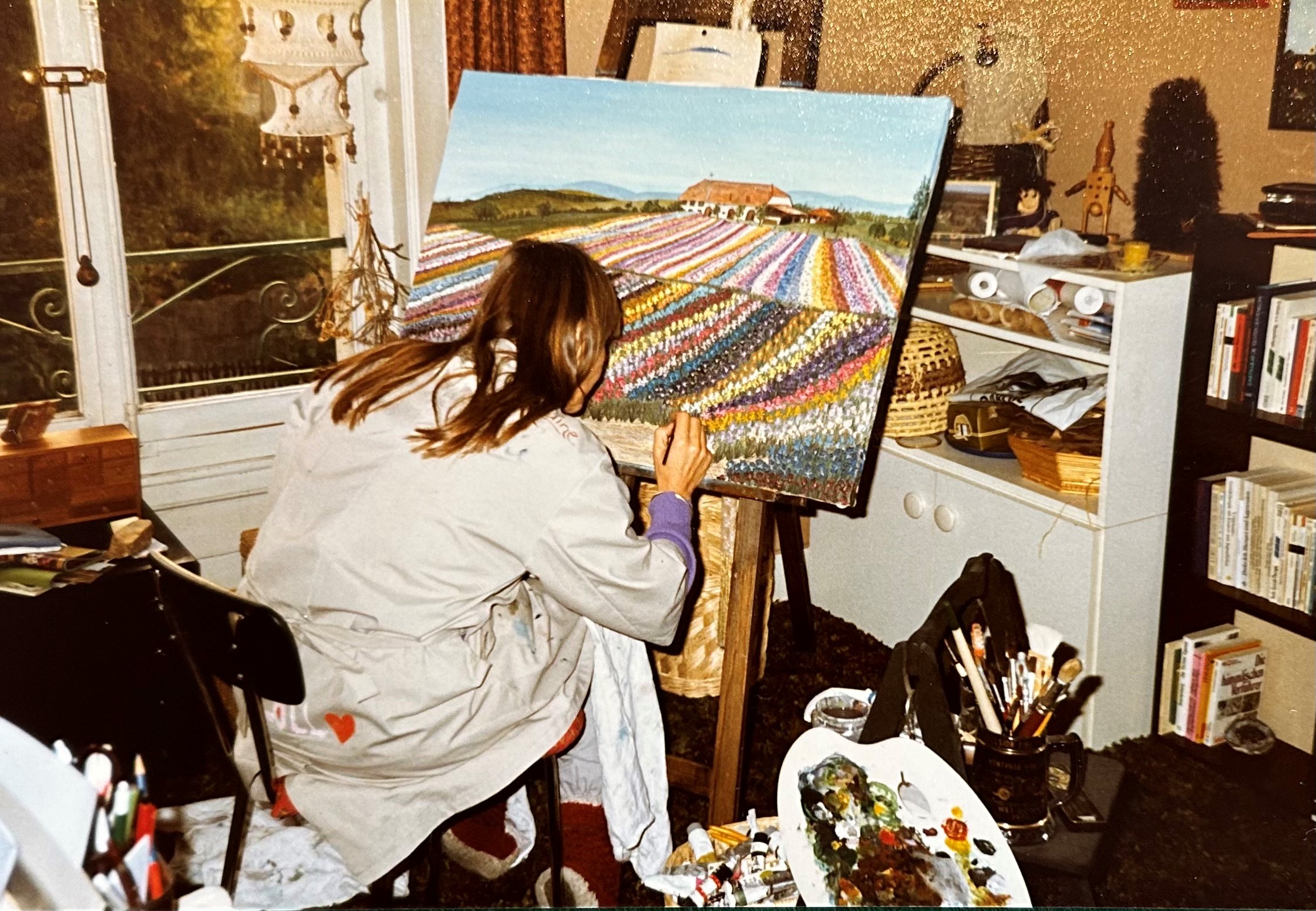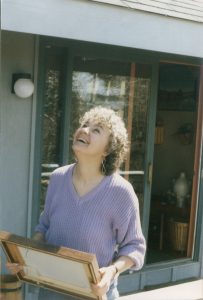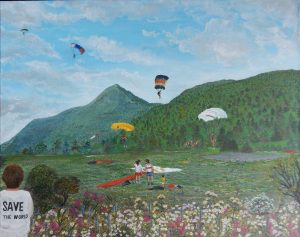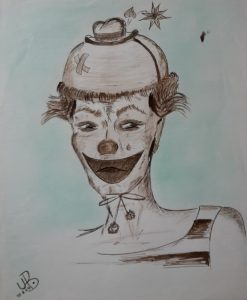About the Artist Uta-Heike Bresser – 26.09.1939 – †17.03.2021
Uta-Heike was born in Stendal in East Germany in the beginning of War II. As a child she and her family fled across the border to West Germany. She grew up in the Ruhr Valley Area. As an adult she travelled extensively. Uta-Heike lived in the United States, Switzerland and Germany and finally settled in Freiburg in southern Germany for the last decade of her life.
In her early Naïve period, she painted children in Germany, joyful, playing, happy children. While she based her early work on her childhood memories, these were not as idyllic as portrayed in her work. She used painting to create a beautiful unspoiled world. Uta-Heike subconsciously never painted adults and only seldom old people, who in her mind have a childlike disposition were somehow less dangerous for children.
Uta-Heike is self-taught and only with the move to America in the 1970s, did she join her first real art class. This prompted her to slowly change her style from Naïve paintings to larger works. She retained her Naïve perspective during her middle period, when she painted more current material with varied scenes and experiences. Uta-Heike kept her idealized view of the world, leaving out “ugly” modern buildings, telephone masts, industry and portraying a hope for a better world.
In her later period, her painting evolved again, she focused on the beauty of nature. Showcasing landscapes, trees, rocks, plants and flowers in incredible detail and natural color.
In her life Uta-Heike painted about 150 paintings, she exhibited about 30 times in the USA, in Switzerland and Germany. A number of her paintings were chosen by UNICEF for their picture archives and two were made into UNICEF greeting cards (the Window in 1984 and a French winter landscape in 1991). Her painting of the Goodspeed Opera House received an honorable mention by a jury from the Museum of Modern Art and the Neuberger Museum. Mieste and oh, Jamaica! received top honors during an exhibition in Mamaroneck NY in 1976. She was a member of the International Association of Art (unesco) while living in Switzerland.
Uta-Heike was very attached to her work and only reluctantly parted with it. As she became more know, she often refused exhibitions, if it meant that she had to sell her paintings. She eventually stopped showing her work altogether in the 1990s.
